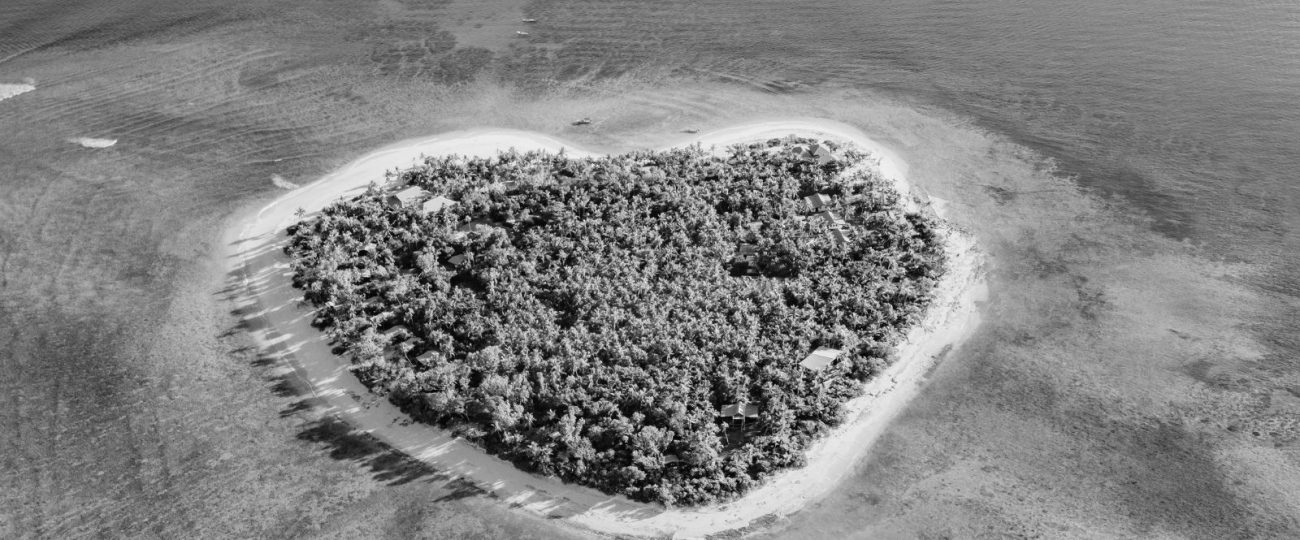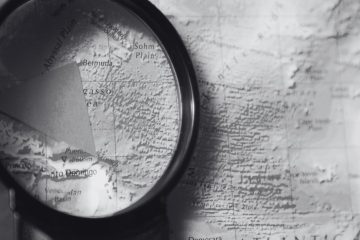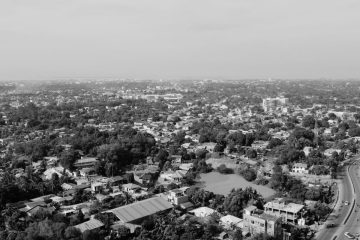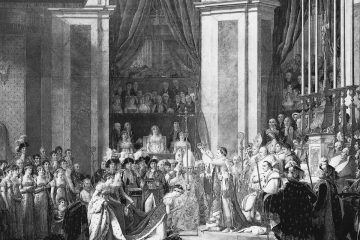What Happened On October 10th?
Ratu Sir Kamisese Mara took office as Fiji’s first prime minister on October 10, 1970, leading the nation into its independence. Crowds filled Suva’s Albert Park to witness the historic ceremony. Citizens, dignitaries, and chiefs arrived to participate in an event that showcased Fiji’s cultural heritage. Traditional Fijian meke dancers performed synchronized routines, their movements accompanied by the beats of the lali drum. Methodist ministers offered prayers for the newly independent state. By blending these cultural elements with the ceremony, Fiji asserted its identity on its own terms.
Prince Charles, representing Queen Elizabeth II, lowered the British flag and raised Fiji’s new national flag, which ended colonial rule and began self-governance. The design of the flag combined the Union Jack with symbols like sugarcane and the coconut tree, emphasizing the island’s agricultural roots. These elements highlighted Fiji’s reliance on its natural resources, while the dove symbolized its peaceful intentions. The ceremony used these symbols to communicate Fiji’s respect for its past and its steps toward an independent future.
Ratu Mara, dressed in traditional attire, accepted the instruments of state and delivered a speech that called for unity among Fiji’s diverse communities. He emphasized the need for collective effort in building a successful future. The Great Council of Chiefs, or Bose Levu Vakaturaga, expressed its support for Mara’s leadership. The council had shaped Fijian governance since the late 19th century. Mara secured their endorsement to blend traditional authority with modern governance, showing his ability to integrate the old with the new effectively.
Military officers from the Royal Fiji Military Forces raised the new flag in a display of commitment and loyalty. The disciplined march and presence of the soldiers highlighted their readiness to defend Fiji’s sovereignty. Mara, with his military background, emphasized discipline and preparation within the ranks, understanding that the military’s dedication would be vital for maintaining stability. The display confirmed Fiji’s readiness to protect its sovereignty through the actions of its defense forces.
Mara engaged in years of diplomatic negotiations with British officials to secure Fiji’s peaceful transition to independence. He prioritized inclusivity and representation for all communities, ensuring that no group felt sidelined during the transition. Mara’s policies bridged the gap between iTaukei and Indo-Fijians, integrating cultural events from both groups as essential parts of the national identity. His government promoted Diwali celebrations to honor Indo-Fijian culture and foster solidarity among Fiji’s people.
The Great Council of Chiefs continued to influence the new administration under Mara. The council, composed of leaders from across Fiji, helped to shape policies around land rights and social issues. Mara’s partnership with the chiefs allowed traditional power to remain relevant while integrating with modern governance. This cooperation preserved indigenous traditions and legitimized the new government in the eyes of the indigenous population. Mara ensured that traditional leadership retained its importance within Fiji’s evolving state.
Mara’s administration designed Fiji’s national flag to represent a shift in identity. The Union Jack acknowledged ties with Britain, while sugarcane, a coconut tree, and a dove emphasized agricultural wealth and peaceful aspirations. The blue backdrop symbolized the Pacific Ocean surrounding the islands. Mara’s decision to include these symbols illustrated his respect for Fiji’s roots while asserting the country’s ambitions as an independent, resource-rich nation.
Mara and his administration quickly implemented economic policies to diversify the economy beyond sugar exports. They invested in tourism by marketing Fiji’s pristine beaches, coral reefs, and volcanic landscapes to the world. The government used tourism as a way to boost the economy while showcasing Fijian culture globally. They promoted traditional crafts, such as masi (tapa cloth), and supported artisans to sustain and celebrate these cultural practices. By linking economic growth to cultural preservation, Mara ensured the development aligned with Fiji’s heritage.
Mara’s government prioritized traditional agriculture to sustain rural communities and strengthen the economy. They promoted the cultivation of taro and cassava, which had deep cultural and economic significance in Fijian society. These crops supported the livelihoods of many families and played a role in ceremonies and community gatherings. Mara’s policies linked agricultural development with cultural identity, ensuring that traditional practices remained vital within the national economic vision. He connected economic progress with the stability and values of rural life.
The Methodist Church, an influential institution in Fiji since the 19th century, actively partnered with Mara’s administration. Mara, a devout Methodist, worked with church leaders to promote unity and collaboration across society. Methodist ministers led prayers during the independence events, reinforcing a spiritual connection that resonated with many Fijians. Beyond the ceremonies, the church and government collaborated on education and community development programs. Mara aligned religious teachings with national efforts to maintain social cohesion, using the church’s influence to strengthen unity.
The military, largely composed of indigenous Fijians, demonstrated its readiness and commitment during the independence day events. The disciplined force helped to defend the country’s sovereignty. Mara, drawing from his military experience, ensured the forces remained prepared, which was essential for stability. The military’s actions helped maintain peace and allowed Fiji to contribute troops to United Nations peacekeeping missions, which strengthened the nation’s international standing and opened new partnerships abroad.
Mara’s foreign policy initiatives connected Fiji with global organizations and secured international support. He gained membership for Fiji within the Commonwealth and built relationships with countries in the Non-Aligned Movement. Mara’s outreach to Japan, India, and Australia attracted development aid that bolstered Fiji’s economy. He diversified Fiji’s international partnerships, avoiding reliance on any single power. His strategic diplomacy preserved Fiji’s autonomy and strengthened its position globally.
Mara introduced bilingual education in Fiji to unify the nation’s youth. He implemented curricula that incorporated both English and Fijian languages in schools, ensuring young Fijians could connect with their heritage while gaining skills for global opportunities. By integrating local culture and history into the education system, Mara encouraged a sense of unity among the younger generation. He worked to heal divides from colonial rule and promoted a cohesive and inclusive national identity.





